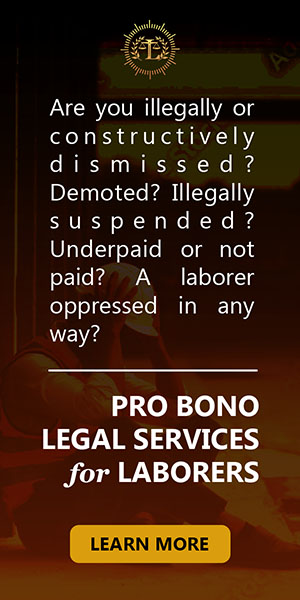Follow us on streaming platforms
Musikatorni is a musical project by Atty. Ranny Randolf B. Libayan, known for its original song compositions that blend insightful lyrics with captivating melodies.
Musikatorni is a musical project by Atty. Ranny Randolf B. Libayan, known for its original song compositions that blend insightful lyrics with captivating melodies. The project features a variety of songs, including "Halang Ang Hinahalal," "Ayuda Nation," and "Pamily Bisnis Ang Political Dynasty," which address social and political issues with a unique musical twist.
Musikatorni's music is characterized by its thought-provoking themes and powerful delivery, making it a standout in the music scene. The project has gained a following for its ability to connect with listeners through its meaningful content and engaging sound.
Show More



 Spotify
Spotify  iTunes
iTunes  AppleMusic
AppleMusic  YouTube
YouTube 


